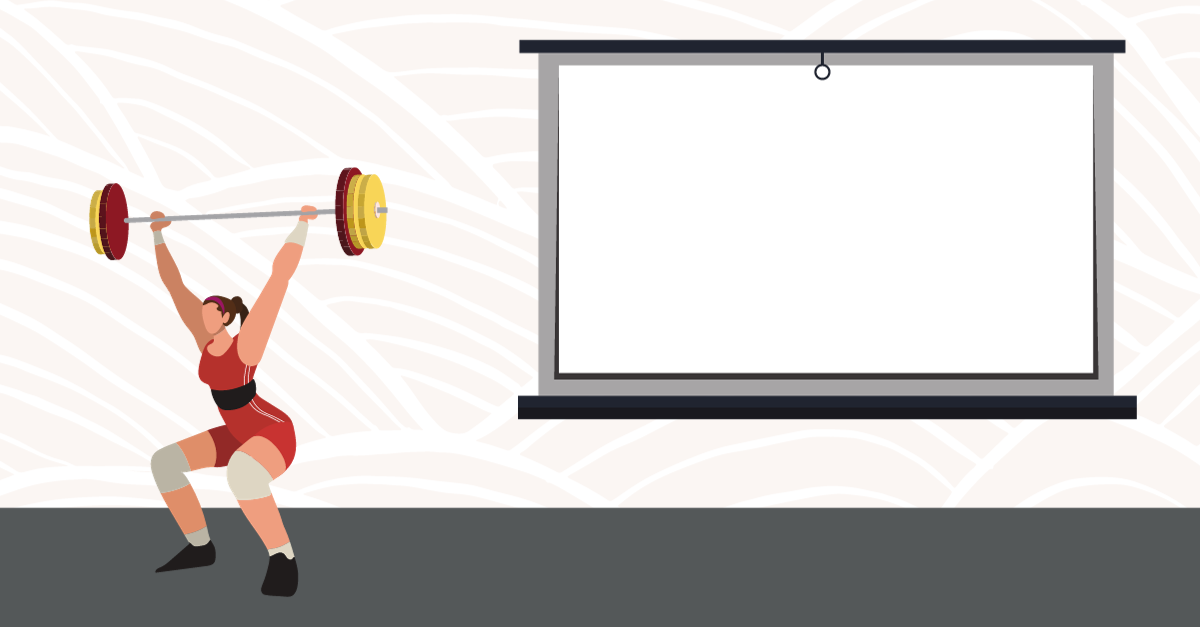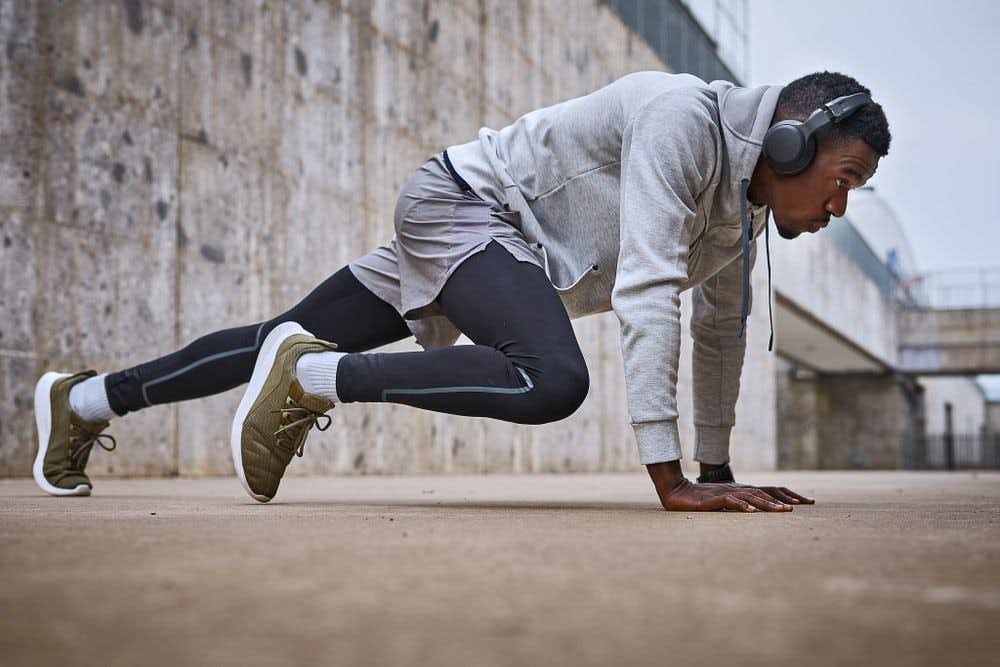March 1st, 2023

I started my career in 2008 with plans to specialize in working with kids and families. At the beginning of my career, I did just that until 2015. I was allowed to work with and specialize in helping clients suffering from eating disorders. For the past eight years, I have worked primarily with clients who have an eating disorder diagnosis across various levels of care.
At this point in my career, I have worked with hundreds of patients seeking treatment for eating disorders. The large majority of them have been women. Most eating disorder specialists have had the same experience, this is a treatment area where we mainly see women seeking care. Why is that? Could it be that men don’t suffer from eating disorders and the co-occurring anxiety, depression, and body dysmorphia that usually go hand in hand with an eating disorder?
According to the website Eating Disorder Hope, only 25% of the nearly 8 million people in the US who have an eating disorder are male. There are a lot of factors that contribute to this.
First, we have a general stigma in the US that eating disorders only impact women. This then causes us to be less likely to screen for male eating disorders and for men to be less likely to seek treatment due to the stigma. Lastly, many men with eating disorders don’t fit the traditional criteria we usually expect to see with an eating disorder which will also lead to misdiagnosis.

I am an 80s baby that grew up in the 90s. During that time every magazine, commercial, and billboard I saw featured women with lower-than-normal BMIs or women with normal BMIs promoting weight loss tricks. Activities that generally attracted young girls like ballet and gymnastics were breeding grounds for body dysmorphia and eating disorders.
In fact, to this day the prevalence of eating disorders among ballet dancers is 10 times higher than in those who are non-ballet dancers. Luckily although I grew up in a time where I saw female models and female athletes die of anorexia, there have been great strides in our expectations of women’s bodies and representation of women in media who live in bodies other than below average BMI.
Society is pushing back against the expectation that women fit into a certain size or that women need to forever be on a crash diet. We are slowly moving in a positive direction, but what about men?
Growing up I had male cousins and friends who were wrestlers. I remember for high school matches we would see wrestlers wearing plastic wrap under sweats all day to try to “make weight” for their match.
Looking back, I can’t believe no adult saw this as a problem. For wrestlers, instead of competing in whatever weight class they live in day to day, they are forced to attempt to lose weight right before a match so they can compete in a weight class that is under what they would normally be.
We see this in professional wrestling/MMA as well. Fighters are weighed just before their match to ensure they “make weight”. In the days leading up to the match, they use extreme restriction measures to make sure that they are not disqualified due to being over the expected weight.
I recently spoke about athletes with eating disorders to Dan Ibrahim, owner of the Powerful Training Platform. He is a personal trainer and member of the International Federation of Bodybuilder Professionals. I spoke with him about what he sees in the world of competitive bodybuilding. If you aren’t familiar with male bodybuilding competitions, they are similar to the swimsuit competition in Miss America, except for men, and they are expected to bulk and then cut their bodies down to 3-5% body fat.
For context, according to the American Journal of Clinical Nutrition, the average male should carry a body fat % of 8-19%. Dan shared his experience as a bodybuilder and some common techniques used to bulk & cut.
Dan described “weight cycling” and the need for “bulking and cutting”. He stated “If you want to build muscle you have to bulk and fuel the body with nutrition, the goal is to build muscle. This comes with the accrual of body fat.
On the other end is cutting, “after a successful bulking period...you have to cut.” He goes on to describe cutting as “being on a strict diet, this can last anywhere from 16-20 weeks.” Dan also shared that often after these long stretches of cutting, when the competition is over many athletes will compulsively overeat sweets and the food they deprived themselves of for so long.

Based on Dan’s description, while we wouldn’t necessarily diagnose bulking or cutting as an eating disorder among athletes, this type of behavior puts people at high risk for developing an eating disorder. If a person were to engage in bulking, cutting, and then bingeing after a show multiple times within a year then they likely would meet the criteria for an eating disorder.
There is also physical risk involved in the constant changing of one’s body weight and composition year after year. We know that severe weight fluctuations are associated with an increased risk of metabolic syndrome.
Recently terms like “Bigorexia” and “muscle dysmorphia” have popped up. These are not actual clinical terms, but they are used to define the type of body dysmorphia that we see in male athletes and bodybuilders. Even in the absence of physical damage to the body, the emotional toll can be tremendous, especially when it is linked to the desire to maintain a body type that is extremely difficult to maintain over the lifespan.

Over the last 10 years, we have seen an increase in the vulnerability of male athletes in talking about their mental health. There has been a focus on making sure people understand men can and do struggle with anxiety and depression too, and that it is okay to ask for help. Most notably we have seen Dwayne “The Rock” Johnson, former Bears Football player Brandon Marshall, Olympian Michael Phelps, and Boxer Oscar de la Hoya speaking out in hopes of their stories inspiring other male athletes to get help.
While this has been a refreshing change that has happened over the past decade, none of them have spoken about body image and eating disorders. While there may be very famous men who have used their platforms to share about their eating disorders (Elton John, Eminem, Ed Sheeran, Zayn Malik), so far none of them have been athletes.
Just as our society has worked to open up the conversations around the harm that ED causes to female athletes, we need to reduce stigma and do the same for the 19% of male athletes who also struggle with an eating disorder in silence.
Eating Disorders in Males is Becoming More Prevalent and Deadly
Anorexia Statistics, State of South Carolina
Our Services
Virtual/Online CarePHP and IOPAdult PsychiatryChild & Adolescent PsychiatryAdult TherapyChild & Adolescent TherapyCouples CounselingFamily TherapyGroup TherapyPsychological TestingTranscranial Magnetic Stimulation (TMS)